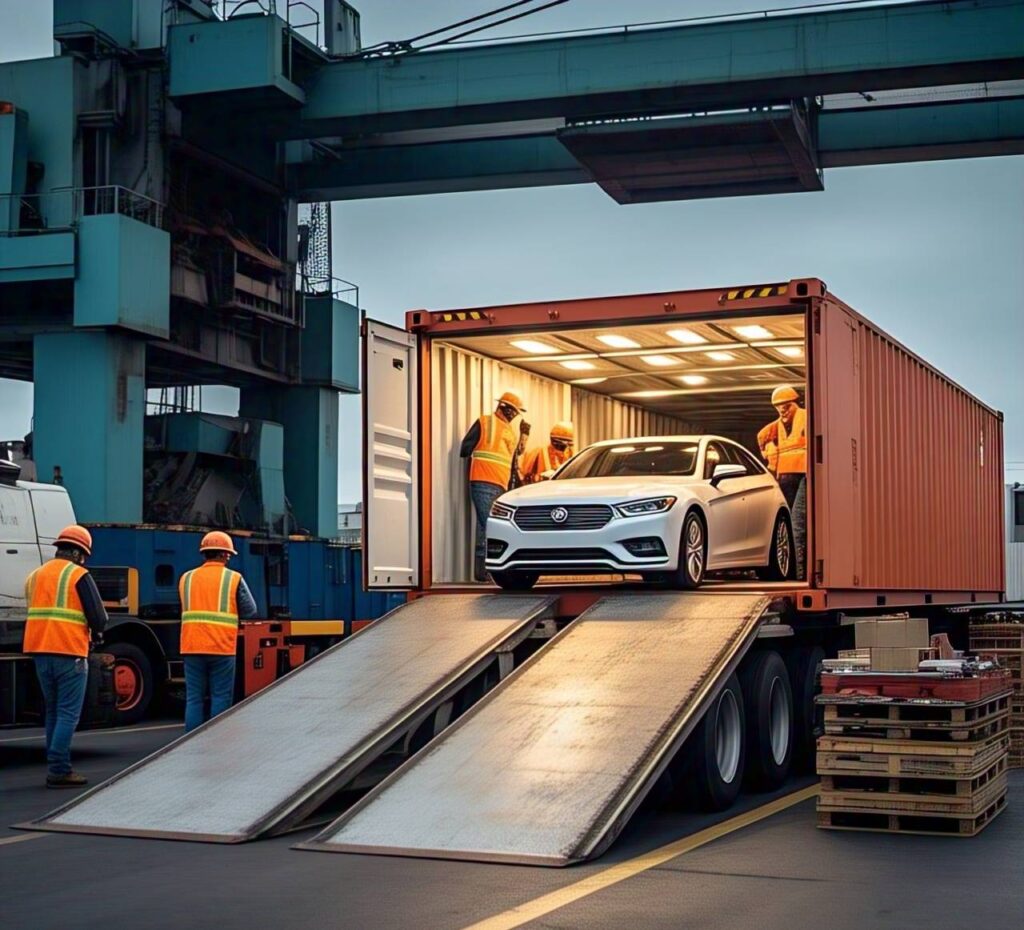Shipping your car—whether across the nation or across the state—seems like a difficult procedure. Finding the perfect transportation firm, knowing your shipping possibilities, and getting your car ready for travel might easily leave you feeling overburdened. But with a little planning and the correct knowledge, you may send your car free of trouble. To assist you to navigate the process effortlessly and surely, here is a step by step guide.
Begin With Investigating
Finding a trustworthy transport company is the first step toward easy vehicle shipping. Investigate several businesses online. Review customer comments, Better Business Bureau (BBB) ratings, and reviews. Verify the carrier is properly insured and registered with the U.S. Department of Transportation. A trustworthy firm will be upfront regarding their services, give you exact estimates, and answer to your questions promptly.
Ask quotations from various suppliers so you may evaluate prices and services. Extremely cheap prices should be viewed with caution; they can come with covert costs or inadequate quality. Rather, select a firm that delivers a fair price and quality balance. If you’re shipping to or from a major hub, such as for Car Transport Florida, availability is generally higher, and you may secure better rates and quicker service.
Pick the correct shipment approach
Two main forms of vehicle transportation are open transport and enclosed transport. The most affordable and often used alternative is open transportation. Typically with a few other cars, it entails bringing your vehicle on an open trailer. Though usually safe, your car will be open to the components when you travel.
By transporting your car in a covered trailer, enclosed transport, on the other hand, offers more weather and road debris protection. Though more pricey, it works very well with luxury, historic, or vintage cars. Selecting the appropriate technique depends on the worth of your car, your budget, and your schedule.
Set up your vehicle
Avoiding problems during shipping depends on thorough vehicle preparation. Begin inside and outside cleaning of the vehicle so that any pre-existing scratches or dents are seen more clearly. Take pictures of your vehicle from various angles as evidence before turning it over.
Get rid of all personal possessions including chargers, GPS units, and documents from the vehicle. Auto transport companies are not responsible for personal belongings left in the car and some might even reject to ship vehicles that are not empty.
Should you be selecting regular shipping, make certain your car is running well. Examine the battery, tire pressure, and fluid levels; report any leaks or mechanical issues to the transport business ahead of time. Most businesses demand that your gas tank is only a quarter full to cut weight and lower safety concerns.
Find the Timeline’s
Vehicle transportation sometimes lacks exact delivery windows. Your schedule may be affected by distance, weather, traffic, and other logistical issues. Talk with your carrier about pickup and delivery estimates, and always inquire about their policies for cancellation or rescheduling.
Ask whether the firm provides expedited shipping if your calendar is limited. Though it could be more expensive, if you want your car to arrive by a certain date, it may provide more freedom and peace of mind.
Be there for delivery and pickup
You or a trusted representative should be there when your carrier shows up to collect the car. You will need to sign a bill of lading—a document describing the condition of the vehicle and the conditions of transit—and have a vehicle inspection performed. Delivering follows the same procedure. Before you sign the ultimate paperwork and report any damage right away, thoroughly check your car.
Conclusion:
Shipping your car can be a painless process if you look into trustworthy carriers, pick the appropriate transportation option, get your car ready, and remain informed all through the procedure. A well-executed plan will save you time, money, and needless stress whether you’re purchasing a car out of state, moving, or giving a vehicle to a family member.

